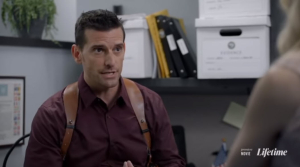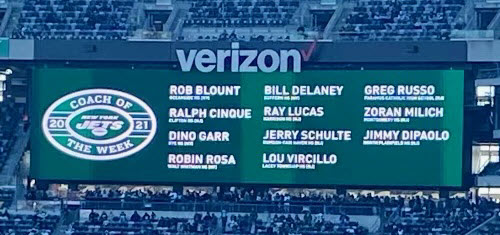Rye’s John Thain Once Again Too Big To Fail
 Finance exec John Thain, whose sprawing estate in Rye spills into two neighboring towns, learned one very important lesson during the 2008 financial crisis: make sure you are Too Big to Fail.
Finance exec John Thain, whose sprawing estate in Rye spills into two neighboring towns, learned one very important lesson during the 2008 financial crisis: make sure you are Too Big to Fail.
Thain piloted Merill Lynch into a merger with Bank of America before complete disaster in the dark days of 2008 while spending big bucks re-decorating his corporate offices and handing out big bonuses as Wall Street was basically one giant Titanic.
Thain build himself back as CEO of CIT Group and last week acquired OneWest, the re-invested failed IndyMac operation. The gem in the New York Times story: the combined company is now big enough that "it will be deemed [by the US government] a systemically important bank for the first time".
Play it again, Sam…:
"…On Tuesday, CIT said it would acquire the bank that rose from IndyMac’s ashes — OneWest — paying $3.4 billion in cash and stock to its hedge fund and private equity owners.
The deal illustrates how casualties of the financial crisis have moved on, and even prospered.
The deal is a coup for John A. Thain, the Wall Street executive who sold Merrill Lynch during the depths of the crisis and was later unceremoniously ousted from the bank. Under his leadership, CIT, a lender to small and midsize businesses, has grown — to the point where, with the acquisition of OneWest, it will be deemed a systemically important bank for the first time.
Where the bank is now is a far cry from late 2009, when CIT spent 38 days in Chapter 11 protection to help put in place its corporate restructuring plan, Tuesday’s deal will roughly double the size of its commercial bank, to $28 billion in deposits and $67 billion in assets. And the cost of its funding will drop to about 2.4 percent.
“We have really repaired all of the problems coming out of bankruptcy,” Mr. Thain said in a telephone interview…
…When Mr. Thain arrived as chief executive in early 2010, the firm [CIT Group] was struggling to clamber back from its near-death experience. Borrowing money was punishing, with the lender paying a 13 percent interest rate on its $31 billion in debt.
His goal: making the lender more stable, particularly by building up CIT’s own stable of deposits to provide a lower-cost source of financing for its loans.
But until last year, he operated under the watchful eye of the Federal Reserve, running many major business decisions past regulators while unable to undertake others — including acquisitions. That clampdown lifted last year, and CIT soon began talking with OneWest about a potential deal.
“We’d been looking for a deposit base for the past year,” Mr. Thain said. “This one really came together as a good fit for us.”
Last month, Mr. Thain teased investors with the promise of a big bank acquisition. And he hinted that CIT would cross the government’s definition of a “systemically important financial institution,” one whose failure could wreak significant damage, by vaulting over $50 billion in assets.
Investors applauded the deal on Tuesday, as shares in CIT jumped nearly 11 percent, to $48.71.
Not all of the rewards from Tuesday’s deal are financial. CIT’s continued rebound has partially revived the reputation of Mr. Thain, a onetime golden boy of Wall Street whose career jumped from co-president of Goldman to chief executive of the New York Stock Exchange.
In 2007, he was appointed the chief executive of Merrill Lynch, and subsequently engineered its lifesaving sale to Bank of America in September 2008.
But Mr. Thain was forced out of Bank of America a year later over multibillion-dollar losses at Merrill, huge bonuses to several employees and renovations to his office.
CIT was seen as his humble re-entry into Wall Street. Yet with Tuesday’s deal, the firm will eventually bear the imprimatur of being a systemically important lender — just like his former employer, Bank of America."
Read the entire Times story.






